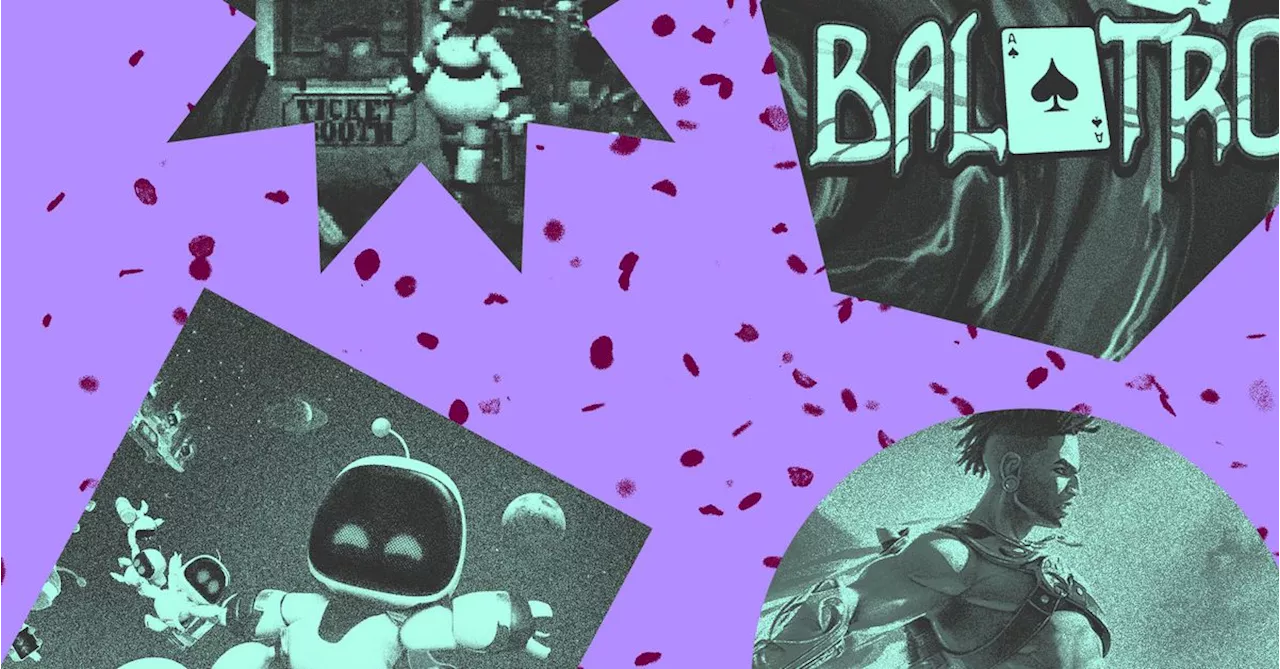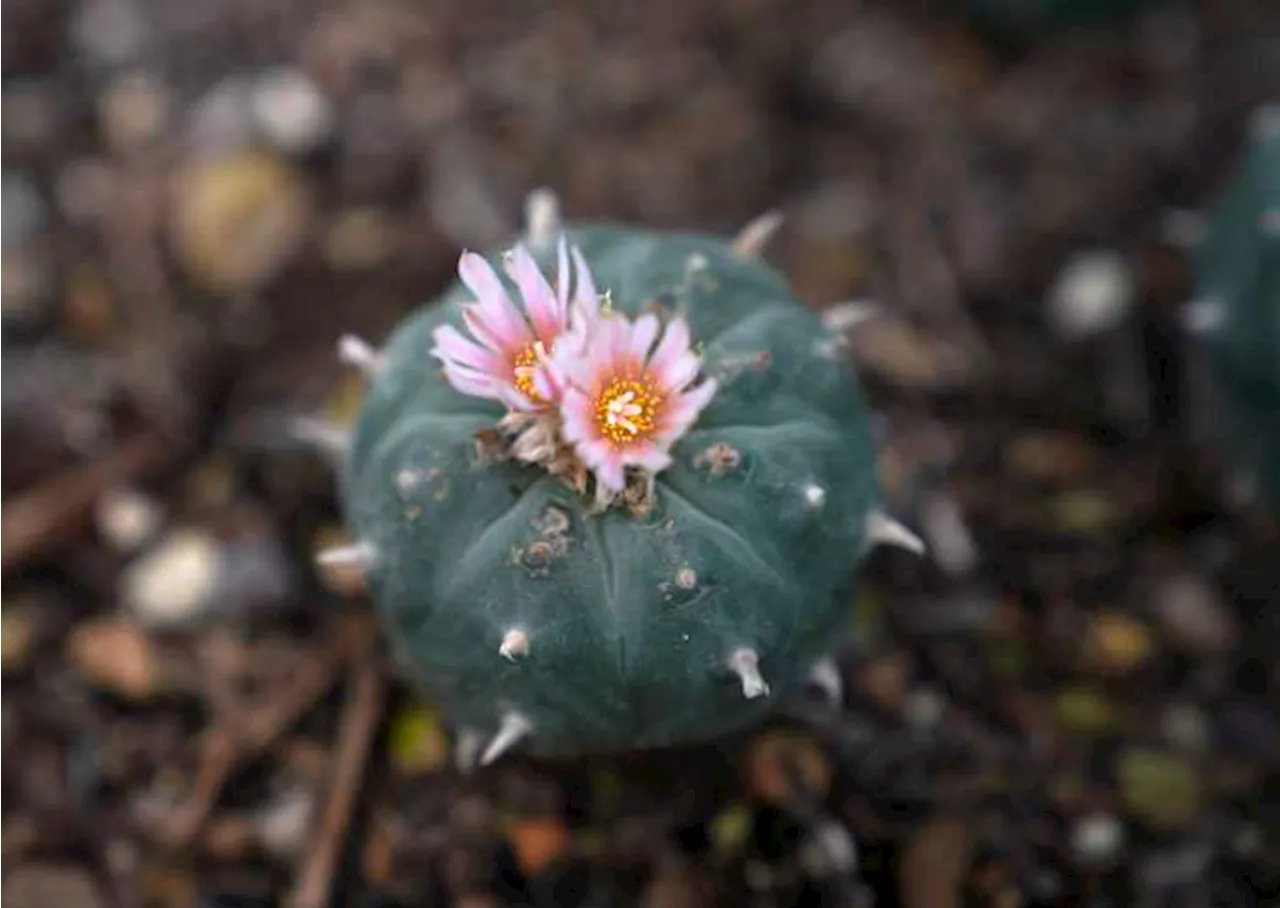This article explores the potential connection between artificial intelligence and the rise of polymaths in the 21st century. It examines how AI might empower individuals to excel across multiple disciplines, mirroring the achievements of historical polymaths like Leonardo da Vinci and Ben Franklin.
Over the centuries, polymaths—individuals knowledgeable in many disciplines—have made significant contributions to inventions and discoveries. Now, polymaths are potentially shaping the future of artificial intelligence, and AI itself may foster a surge in polymath activity.History's ultimate polymath was Leonardo da Vinci, renowned as an artist, engineer, designer, and scientist.
Ben Franklin, with his diverse expertise spanning political science, publishing, and ocean currents, is another exemplary figure. And then there's Nikola Tesla, whose pursuits encompassed energy and communication. If da Vinci, Franklin, and Tesla were alive today, they would undoubtedly be deeply involved in AI, leveraging it for scientific and engineering advancements as well as to create novel forms of art. AI would serve as their tool to expand their understanding of the world and improve it.While hyper-specialization often appears to be the only path forward in AI and other technologies, with specialists like data scientists, prompt engineers, and data engineers taking center stage, successful and ethical AI also necessitates input and accountability from individuals outside the technology realm. This includes creatives, entrepreneurs, scientists, financial experts, legal professionals, and ethicists, among others. The democratization of information and expertise through AI, as highlighted in Psychology Today, may lead to the emergence of more polymaths. Advanced language models and intelligent tutoring systems now offer personalized guidance across a vast spectrum of subjects, from quantum physics to classical music composition. This accessibility empowers individuals to transcend traditional disciplinary boundaries, fostering a new generation of polymaths.Polymaths have consistently emerged during periods of significant progress, and we are now at another pivotal turning point. Diana, an expert in the field, emphasizes that polymaths have historically played a crucial role in the invention aspect of the invention-innovation process. Invention involves creating something entirely new—ideas, devices, or processes that previously did not exist. This pursuit necessitates the ability to traverse multiple domains, connecting seemingly unrelated concepts and pushing beyond conventional boundaries—qualities that are at the core of being a polymath.The future demands a new versatility, and the broad range of skills and interests that a polymath can bring to the table is invaluable. This versatility will not only stem from inspired individuals but also from entire companies. In 2010, a visionary predicted that professions like information technology would expand beyond the confines of building and managing technology, laying at the very core of many changes reshaping business and society. He highlighted the increasing availability of analytical tools and technologies, particularly in the areas of unstructured analytics, predictive analytics, and data visualization.AI is sparking a new renaissance, empowering individuals to excel across multiple fields as modern-day polymaths. Large language models are breaking down knowledge silos, enabling exploration of diverse subjects, from art to quantum physics. AI-driven platforms personalize learning, nurturing interdisciplinary thinking essential for 21st-century innovation.Innovation driving advancements in health, aviation, construction, entertainment, and all other aspects of life depends on polymaths who can see across domains. Think of AI chips enabling the blind to see, 3D printing of housing, or apps that monitor health metrics. However, it remains an open question whether AI will ultimately serve as a force for human well-being or lead to unintended consequences. Diana points out that the answer depends on how we align AI's transformative power with the values that have defined polymathy: curiosity, ethical responsibility, and a commitment to advancing humanity.AI has the potential to radically shift the dynamics of invention. With its ability to integrate vast amounts of data across diverse fields, AI may not only replicate human polymathic thinking but also surpass it, opening new frontiers in medicine, energy, climate solutions, and beyond
Artificial Intelligence Innovation Polymaths Artificial Intelligence Innovation Technology Future Of Work Knowledge Sharing Interdisciplinary Thinking
United States Latest News, United States Headlines
Similar News:You can also read news stories similar to this one that we have collected from other news sources.
 A Renaissance for Retro Gaming: 2024 Sees Success in Nostalgic StylesIn 2024, retro gaming experiences enjoyed a resurgence, with titles like Metaphor: ReFantazio, Astro Bot, and Balatro drawing inspiration from past console generations to achieve critical and commercial acclaim. This trend, fueled by a desire for innovation and a break from the industry's focus on massive, perpetually-played games, highlights the potential for revisiting classic formats with modern twists.
A Renaissance for Retro Gaming: 2024 Sees Success in Nostalgic StylesIn 2024, retro gaming experiences enjoyed a resurgence, with titles like Metaphor: ReFantazio, Astro Bot, and Balatro drawing inspiration from past console generations to achieve critical and commercial acclaim. This trend, fueled by a desire for innovation and a break from the industry's focus on massive, perpetually-played games, highlights the potential for revisiting classic formats with modern twists.
Read more »
 Peyote sacred to Native Americans threatened by psychedelic renaissance and developmentPeyote, a cactus that contains mescaline, a hallucinogen, grows naturally in South Texas and northern Mexico.
Peyote sacred to Native Americans threatened by psychedelic renaissance and developmentPeyote, a cactus that contains mescaline, a hallucinogen, grows naturally in South Texas and northern Mexico.
Read more »
 Peyote sacred to Native Americans threatened by psychedelic renaissance and developmentPeyote, a cactus that contains mescaline, a hallucinogen, grows naturally in South Texas and northern Mexico.
Peyote sacred to Native Americans threatened by psychedelic renaissance and developmentPeyote, a cactus that contains mescaline, a hallucinogen, grows naturally in South Texas and northern Mexico.
Read more »
 Peyote sacred to Native Americans threatened by psychedelic renaissance and developmentPeyote, a cactus that contains mescaline, a hallucinogen, grows naturally in South Texas and northern Mexico. It is sacred to many Indigenous people, playing a central role in their ceremonies, spiritual practice and medicine. Peyote is being threatened by overharvesting, drug decriminalization laws and a resurgence in psychedelic use.
Peyote sacred to Native Americans threatened by psychedelic renaissance and developmentPeyote, a cactus that contains mescaline, a hallucinogen, grows naturally in South Texas and northern Mexico. It is sacred to many Indigenous people, playing a central role in their ceremonies, spiritual practice and medicine. Peyote is being threatened by overharvesting, drug decriminalization laws and a resurgence in psychedelic use.
Read more »
 Peyote sacred to Native Americans threatened by psychedelic renaissance and developmentPeyote, a cactus that contains mescaline, a hallucinogen, grows naturally in South Texas and northern Mexico.
Peyote sacred to Native Americans threatened by psychedelic renaissance and developmentPeyote, a cactus that contains mescaline, a hallucinogen, grows naturally in South Texas and northern Mexico.
Read more »
 Talking SCHOP! Hoppin’ John: A 2025 renaissanceFor the first time in a spell, I present Hoppin’ John: The Renaissance!I have updated the following recipe for myriad reasons.
Talking SCHOP! Hoppin’ John: A 2025 renaissanceFor the first time in a spell, I present Hoppin’ John: The Renaissance!I have updated the following recipe for myriad reasons.
Read more »
